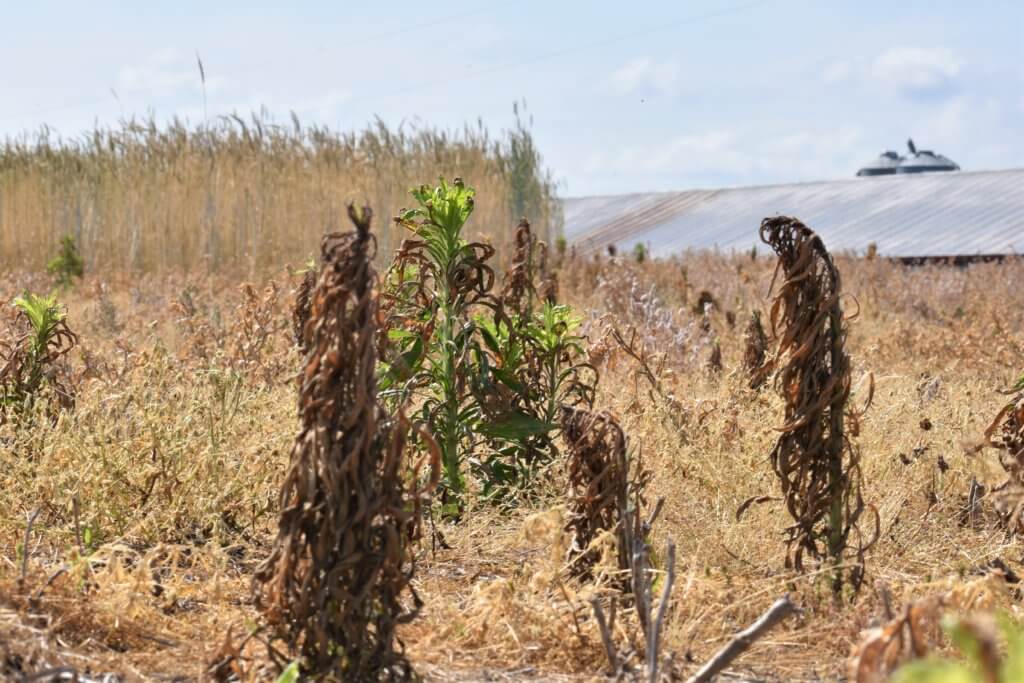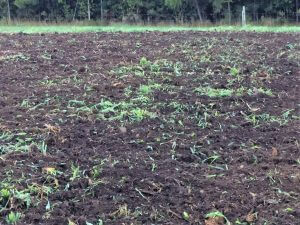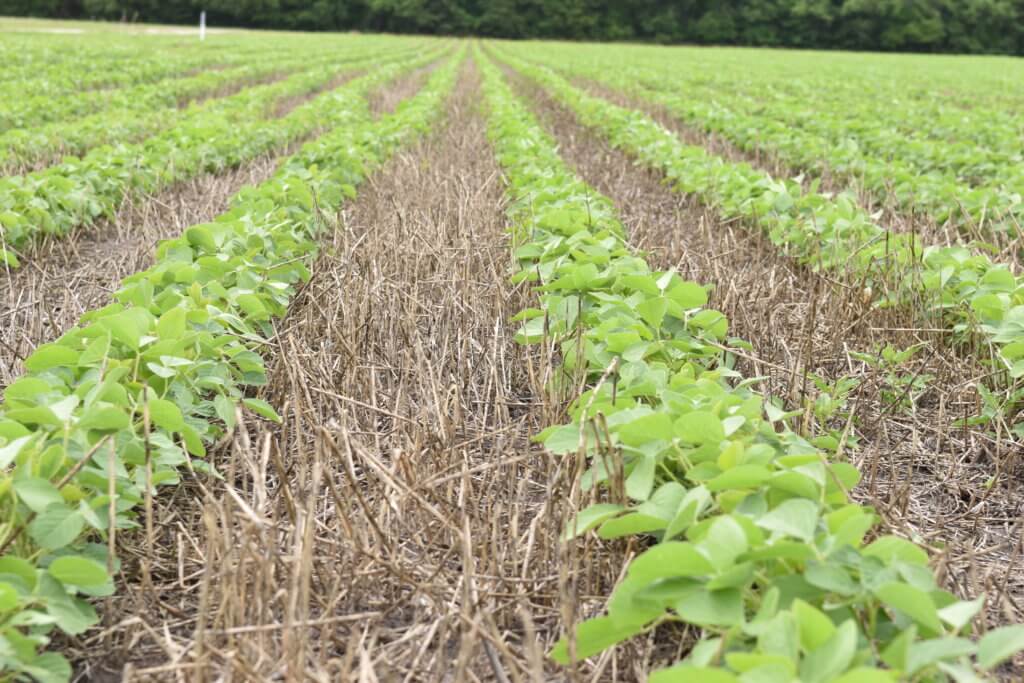Start The Season Out Right: Plant into Weed-Free Fields

Starting clean means killing all vegetation prior to planting and represents an important first step for weed management. Most growers take this step for granted until a control failure happens. Weeds present at planting can bind up planting equipment and prevent good seed-to-soil contact, thus reducing crop stand. Additionally, existing weeds will compete with crop seedlings. Furthermore, weeds that are present at planting generally have the competitive advantage over the crop because they are already established.

Prior to cash crop planting, growers have more options to control weeds with tillage or herbicides than once the crop has emerged. Once this opportunity is missed, options for weed control will be limited and implementation more difficult. To avoid this, make sure to follow these steps:
- Scout early to determine what weeds are present and what growth stage they are in. This information will dictate which termination method will be most effective and when.
- Terminate when weeds are small and susceptible to the termination method.
- Allow adequate time for weeds to die before planting. If not completely killed, weeds may begin to recover as early as one week after treatment with paraquat or as long as four weeks after treatment with glyphosate or 2,4-D.
- Scout before planting to ensure the treatment was effective and new weeds have not emerged. If further weed control is necessary, do so prior to planting.

Methods for Starting Clean:
- Tillage: This tactic damages aboveground vegetation, often cutting the plants into small pieces and burying them; depending on the tillage equipment it may also bury weed seeds. However, tillage might not completely control existing weeds and can also stimulate weed seed germination. Repeated tillage or plowing and field cultivation over a couple of weeks may help to reduce the number of weeds that emerge. Use the correct tillage implement for the weed species and weed sizes that are present.
- Herbicides: Choice of herbicide should be based on the weeds present. Hard-to-control weeds or presence of cover crop species should be a major factor in this decision. Keep in mind that there might be plant-back restrictions for some herbicides depending on the cash crop.

Authors
- Kara Pittman
- Michael Flessner
Contributors
- Victoria Ackroyd